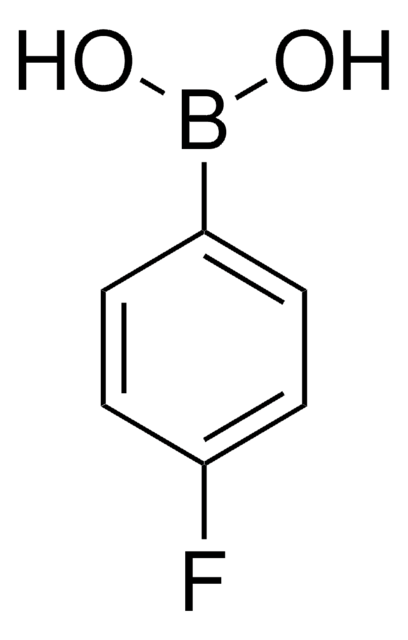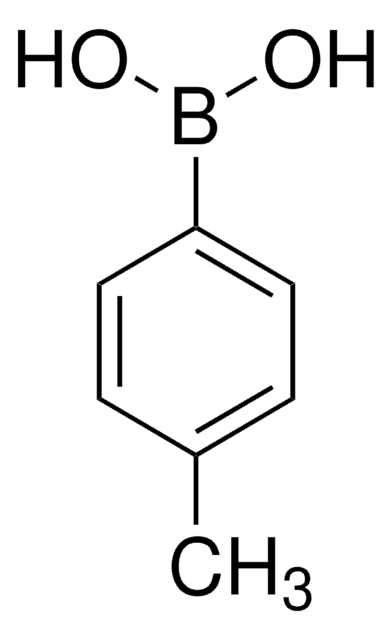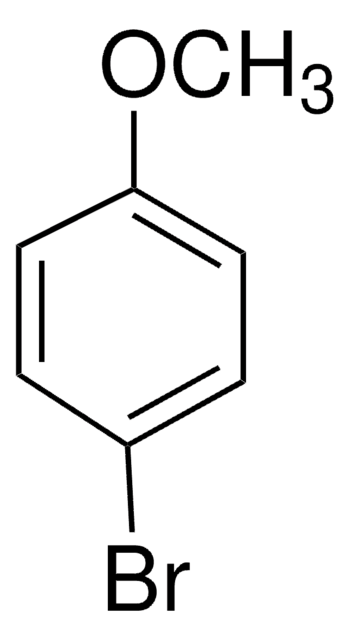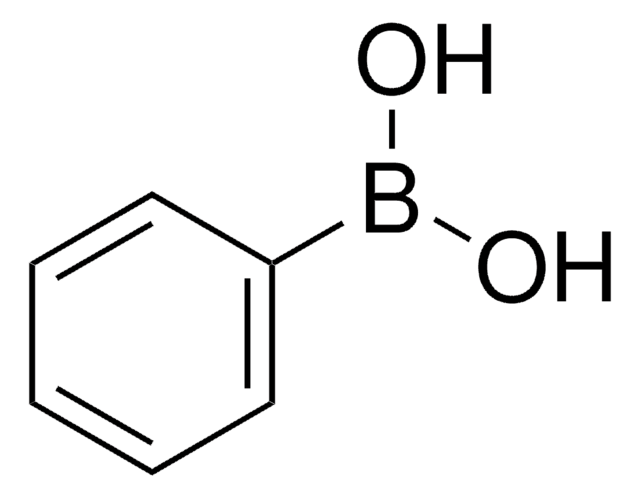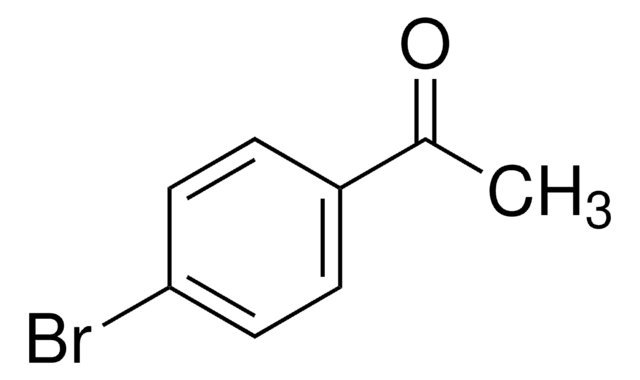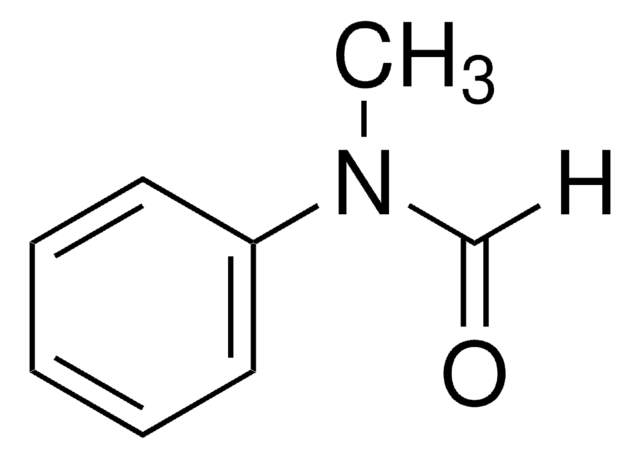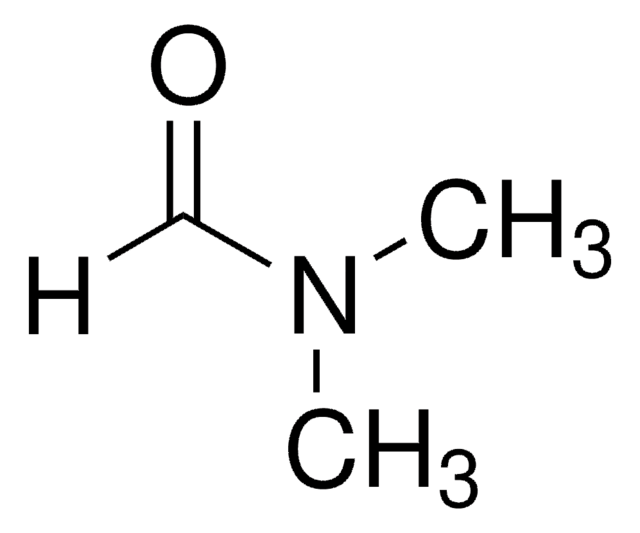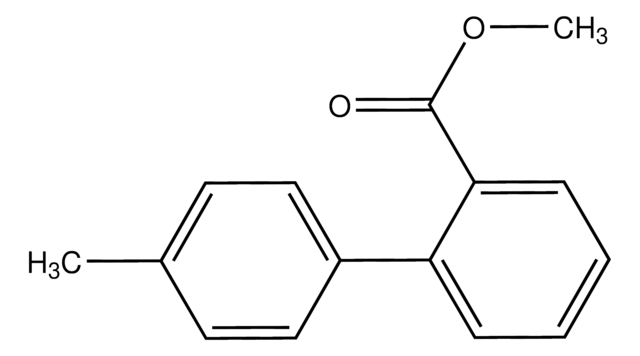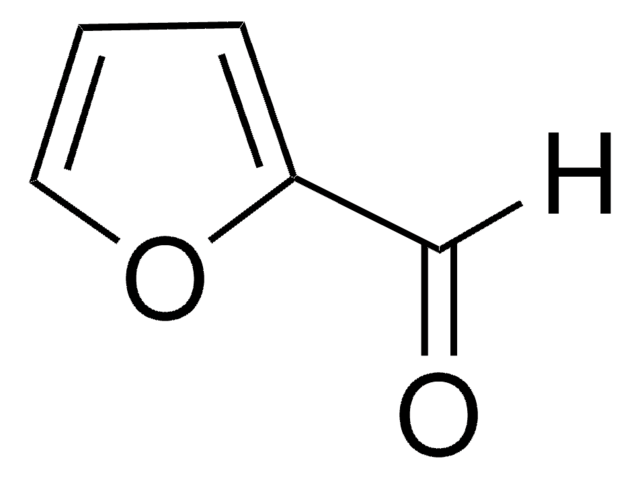All Photos(1)
About This Item
Linear Formula:
CH3C6H4C6H4CO2H
CAS Number:
Molecular Weight:
212.24
EC Number:
MDL number:
UNSPSC Code:
12352100
PubChem Substance ID:
NACRES:
NA.22
Recommended Products
Assay
97%
form
solid
mp
146-148 °C (lit.)
functional group
carboxylic acid
SMILES string
Cc1ccc(cc1)-c2ccccc2C(O)=O
InChI
1S/C14H12O2/c1-10-6-8-11(9-7-10)12-4-2-3-5-13(12)14(15)16/h2-9H,1H3,(H,15,16)
InChI key
ZSTUEICKYWFYIC-UHFFFAOYSA-N
General description
4′-Methyl-2-biphenylcarboxylic acid (4′-Methylbiphenyl-2-carboxylic acid) can be synthesized by reacting 4′-methylbiphenyl-2-carbonitrile with methanol and 30% NaOH solution. Its crystal structure has been characterized by the centrosymmetric hydrogen-bonded dimers.
Signal Word
Warning
Hazard Statements
Precautionary Statements
Hazard Classifications
Eye Irrit. 2 - Skin Irrit. 2 - STOT SE 3
Target Organs
Respiratory system
Storage Class Code
11 - Combustible Solids
WGK
WGK 3
Flash Point(F)
Not applicable
Flash Point(C)
Not applicable
Personal Protective Equipment
dust mask type N95 (US), Eyeshields, Gloves
Regulatory Information
新产品
Choose from one of the most recent versions:
Already Own This Product?
Find documentation for the products that you have recently purchased in the Document Library.
4'-Methylbiphenyl-2-carboxylic acid.
Narasegowda RS, et al.
Acta Crystallographica Section E, Structure Reports Online, 61(4), 939-940 (2005)
Yoh Takekuma et al.
Journal of pharmacy & pharmaceutical sciences : a publication of the Canadian Society for Pharmaceutical Sciences, Societe canadienne des sciences pharmaceutiques, 19(4), 511-519 (2017-01-07)
Storage under high temperature and humid conditions has been reported to decrease the dissolution rate for some kinds of tablets containing polyvinylpolypyrrolidone (PVPP) as a disintegrant. The aim of this study was to elucidate the properties of pharmaceutical formulations with
Our team of scientists has experience in all areas of research including Life Science, Material Science, Chemical Synthesis, Chromatography, Analytical and many others.
Contact Technical Service